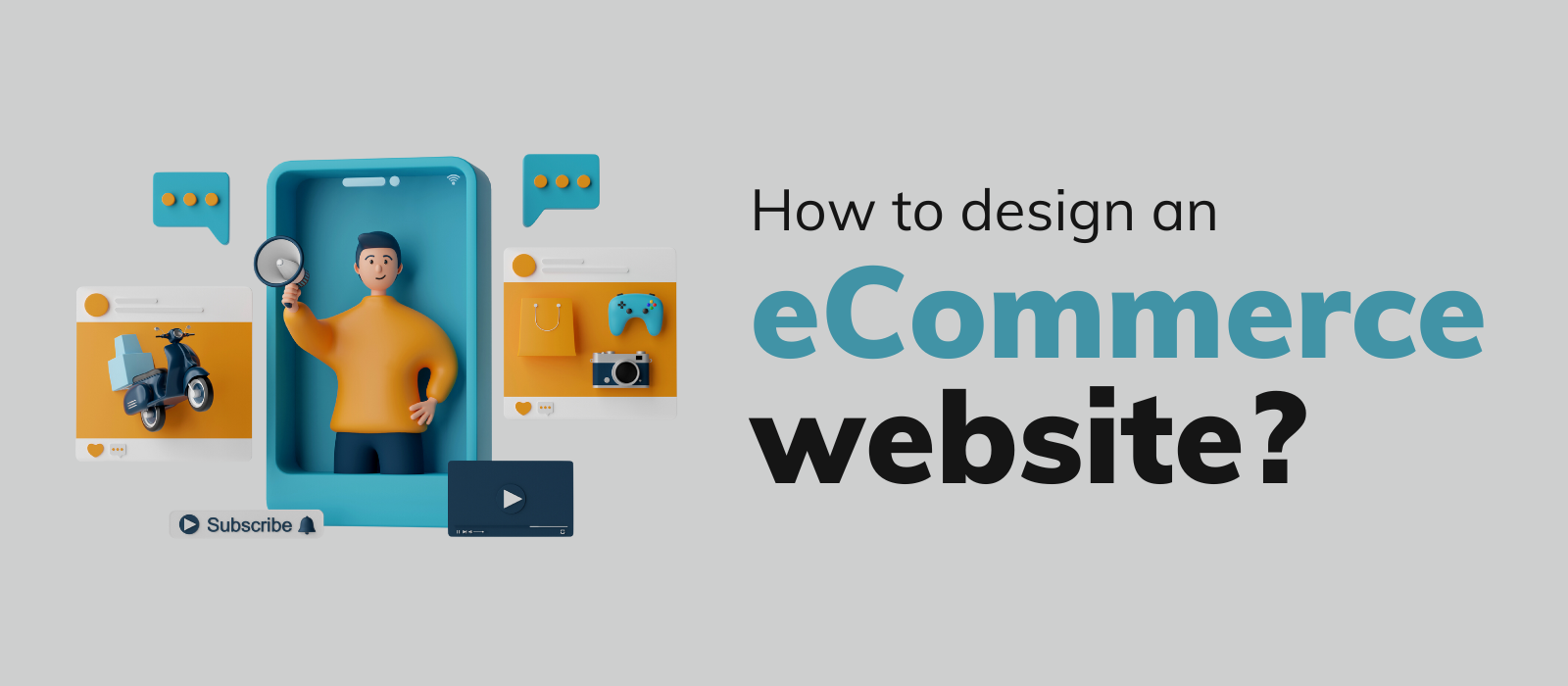Designing an ecommerce website involves several important aspects to consider. Here is a step-by-step guide to help you create an effective ecommerce web design:
- Set clear goals: Determine the purpose of your ecommerce website. Identify the products or services you’ll be selling, target audience, and desired outcomes.
- Plan your website structure: Create a sitemap that outlines the main pages and how they will be organized. Consider logical categories, such as product types or departments, to help users navigate your site easily.
- Choose a suitable platform: Select an ecommerce platform that aligns with your requirements. Popular options include Shopify, WooCommerce (WordPress plugin) and Magento.
- Responsive design: Ensure your website is mobile-friendly and responsive, meaning it adapts to different screen sizes. Many users access ecommerce sites via mobile devices, so a responsive design is crucial for a positive user experience. Check out the basic of responsive designs here.
- Create an appealing design: Choose a visually pleasing layout that matches your brand identity. Use appropriate color schemes, fonts, and imagery that resonate with your target audience. Keep the design clean, uncluttered, and easy to navigate.
- Clear navigation: Design intuitive navigation menus and incorporate search functionality. Make it easy for visitors to find products, browse categories, and access essential information like shipping details, returns policy, and contact information.
- Product presentation: Optimize product listings with high-quality images, detailed descriptions, and relevant information (e.g., price, availability, variations, customer reviews). Implement filters and sorting options to help users refine their search.
- Streamline the checkout process: Simplify the checkout process to minimize cart abandonment. Use a progress indicator, offer guest checkout options, and optimize form fields for easy data entry. Provide secure payment gateways and display trust symbols to enhance credibility.
- Incorporate trust elements: Build trust with your customers by displaying security badges, customer reviews, trust seals, and any industry certifications you have. This helps alleviate concerns about online shopping security.
- Optimize site speed: Improve loading times by optimizing images, compressing files, and utilizing caching techniques. A fast-loading site enhances user experience and can positively impact conversion rates. Here are some of the tools you can use to check the website speed. Web Dev by google, Pingdom , gtmetrix
- Implement responsive customer support: Include contact information, a dedicated support page, and various communication channels (e.g., live chat, email, phone). Promptly respond to customer inquiries and provide exceptional customer service.
- Test and optimize: Regularly
Remember, designing an ecommerce website is an ongoing process. Continuously monitor user behavior, adapt to changing trends, and make updates to enhance the user experience and drive conversions.
if you need professional help with designing your website then feel free to reach out to us and we would love to help you design and develop your website along with setting everything up. You can contact us by emailing to info@innovo.au or submitting our contact form by clicking here.



